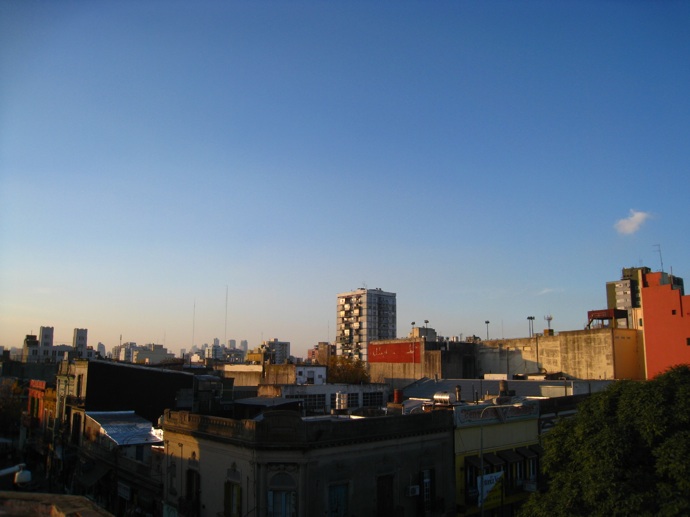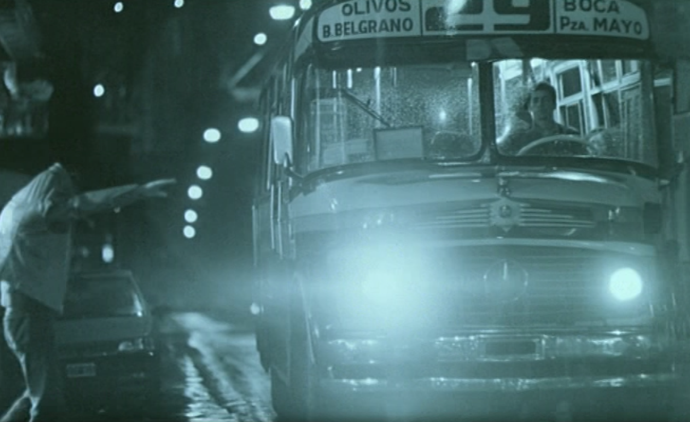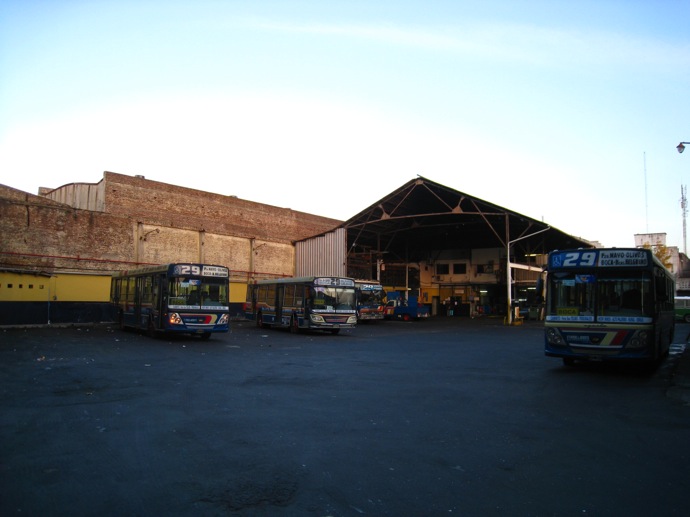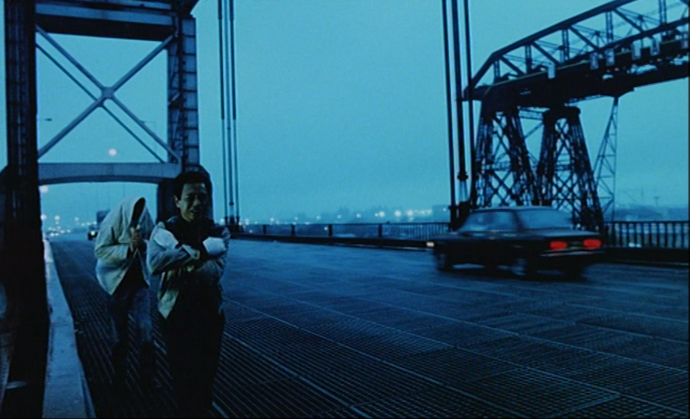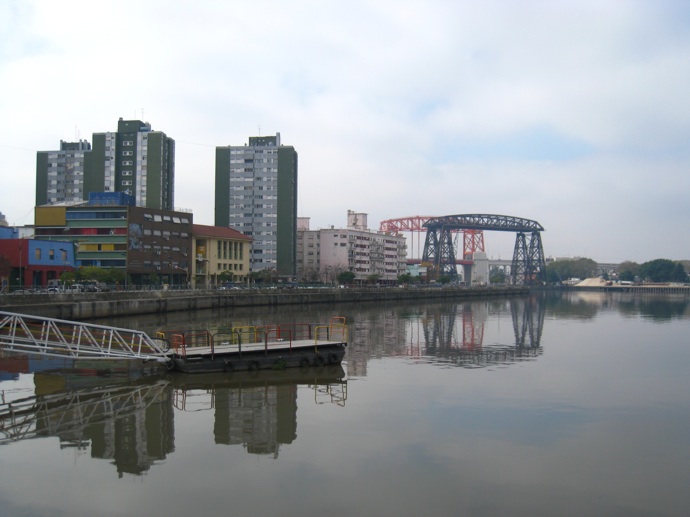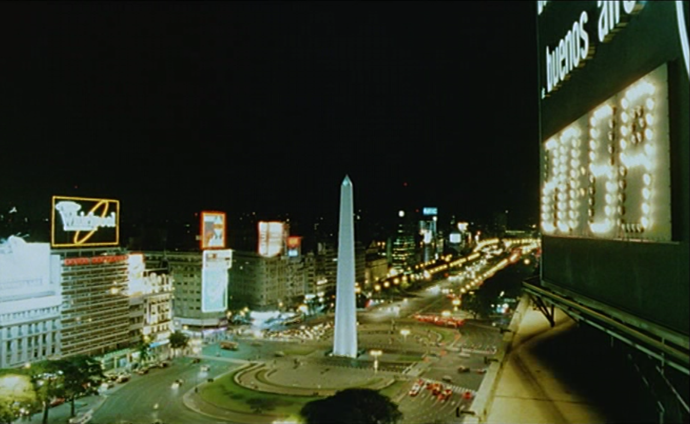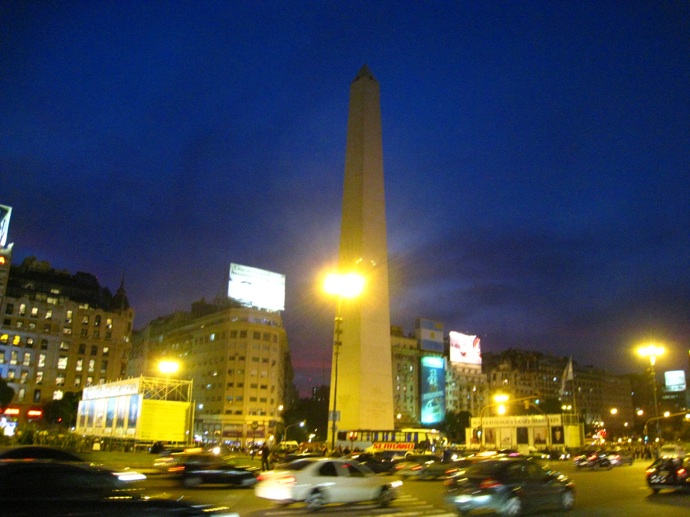Jan 20, 2012 0
Ming Wong’s Persona Performa
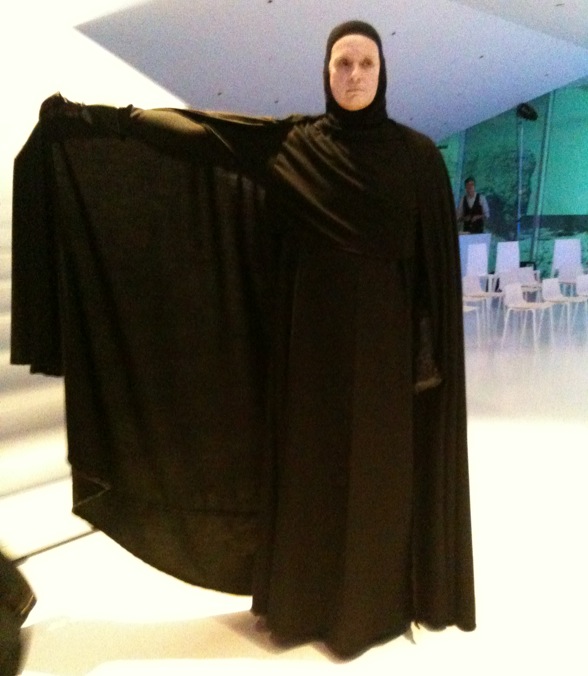
Death, from Bergman’s The Seventh Seal, makes a cameo.
Ming Wong’s Persona Performa at the Museum of the Moving Image was one of the highlights of 2011 for me, in part because it synthesized the genres I’m most passionate about: cinema, art, and live performance. Ming Wong, a multimedia artist whose name deserves to be better known in the art and film worlds, created a fluid experience that morphed from a museum-installation to a theater piece to a dance sequence, to culminate in a screening-cum-performance. These different segments bled into one another quite seamlessly, emphasizing the protean nature of live performance as the audience moved throughout various spaces in the museum.
The catalyst for Wong’s piece—or perhaps the navel—is Ingmar Bergman’s Persona, one of director’s most austerely experimental works and the film that Susan Sontag deemed his masterpiece. Persona is centered on the relationship between two women: an actress who has suffered a nervous breakdown (Liv Ullmann) and the nurse who is assigned to take care of her (Bibi Andersson). The film is most renowned for an iconic sequence in which the same conversation is shown from both characters’ perspectives. The final scene will make you gasp.
Wong’s piece fleshes out the central motifs of the film, that of communication and doubling. Actors and actresses in blond wigs performed continuous configurations, deconstructions and reconfigurations of the film’s gestures, pairing up at the finale to mimic moments from the film in different languages with their images projected on the screen behind them. The performers were a diverse group of women and men, reflecting the diversity of the surrounding neighborhood, Astoria (which a narrator refers to cheekily as “Actoriaâ€), and adding a layer of variation and defamiliarization. Here’s glimpse of what the performance looked like, but please don’t mistake the copy for the real thing—the actual event was immersive in a way that a YouTube video can never be.
Ming Wong’s practice reminds me a bit of Yasumasa Morimura, the Japanese visual artist who alters famous paintings to include his own image. For his video installations, Wong often impersonates characters from the movies—enacting his cine-obsessions as well as subverting expectations of gender and race. Wong (who is from Singapore originally but resides in Berlin) has drawn inspiration from auteurs such as Wong Kar-Wai, Fassbinder, Pasolini, Visconti, and Sirk, as well as exploring classic cinema from Singapore and Malaysia. Almost all of his pieces deal with language barriers, in juxtaposition to the obstensible universality of film-image. Though originally he was both the director and star of his films, his recent productions have become larger in scope, with several cast members, more elaborate sets and costumes, and numerous locations. For his next project, I’d love to see him take on a film that explicitly engages in multilingual wordplay (Godard, anyone?) collaborate with a well-known auteur (maybe that master of genre satire Tsai Ming-Liang) or re-construct an epic film—his artistic capacity to speak through the medium of cinema comes through loud and clear.
Persona Performa Panorama is on view at the Museum of the Moving Image until April 1.
In addition, many of Ming Wong’s pieces can be previewed on his website.
